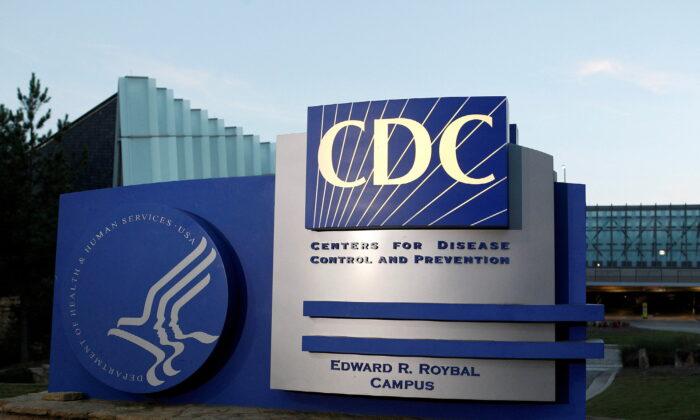The virus was genetically linked to a recent polio case in Rockland County, suggesting evidence of local transmission, according to an analysis by the Centers for Disease Control and Prevention (CDC).
“Coupled with the latest wastewater findings, the department is treating the single case of polio as just the tip of the iceberg of much greater potential spread,” health commissioner Mary Bassett said.
Earlier polio outbreaks suggest that for every one detected case of paralytic polio, there may be hundreds of infected cases, according to the health department.
Bassett urged unvaccinated residents to immediately get vaccinated or boosted with the FDA-approved inactivated polio vaccine (IPV).
The department detected the Sabin type 2 poliovirus in the Rockland case, suggesting the individual was infected with a virus derived from the oral polio vaccine (OPV).
Since the United States stopped authorizing or administering OPV years ago, the finding suggests a transmission chain originated from a foreign traveler.
The poliovirus typically enters the body through the mouth, usually from hands contaminated with the fecal matter of an infected person. Oral transmission through saliva also occurs, according to health department.
An infected but asymptomatic person can spread the virus.
Symptoms can take up to 30 days to emerge, ranging from mild flu-like ones to severe paralysis.
Polio was largely eradicated in the United States during the 1970s following a decades-long nationwide vaccine campaign.
“Many of you may be too young to remember polio, but when I was growing up, this disease struck fear in families, including my own,” Rockland county executive Ed Day said.
“Do the right thing for your child and the greater good of your community and have your child vaccinated now,” Day said.
According to CDC, IPV protects 99 percent of children who get all the four recommended doses. Unvaccinated adults are advised to get three doses.
As of now, there is no cure for polio.





